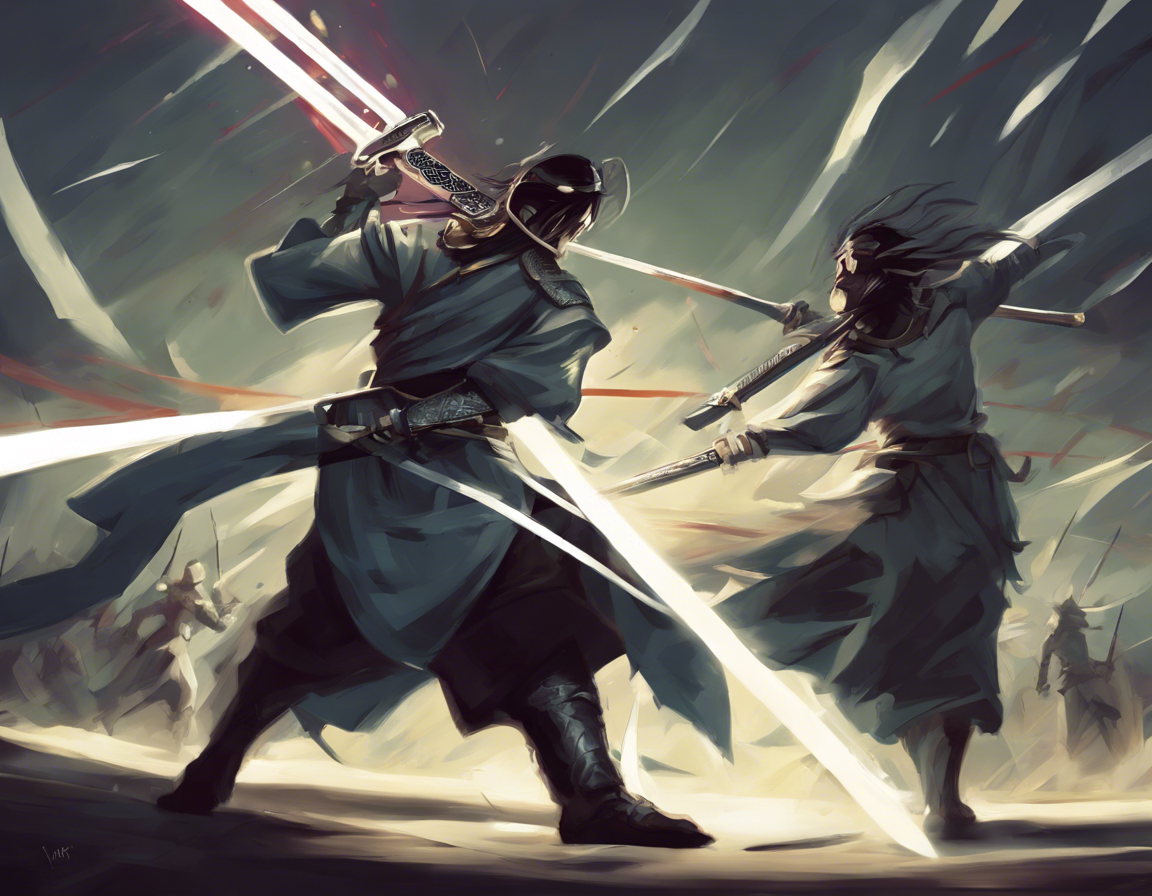The County of Hainaut, located in present-day Belgium, has a rich history of warfare and battle strategies that have left a lasting impact on the region. One of the most famous aspects of Hainault’s military history is its use of the sword attack – a bold and aggressive tactic that often caught enemy forces off guard and led to decisive victories on the battlefield. In this article, we will explore the historical context of Hainault’s battle strategies, delve into the specifics of the sword attack, and discuss its effectiveness in shaping the outcome of key battles.
Historical Context
Hainault’s strategic location in the Low Countries made it a coveted territory throughout the medieval period, with various powers vying for control of its valuable resources and strategic position. As a result, the rulers of Hainault invested heavily in building a formidable military force and developing innovative battle tactics to defend their lands and expand their influence in the region. These efforts culminated in the adoption of the sword attack as a signature strategy that set Hainault apart on the battlefield.
The Sword Attack
The sword attack was a carefully orchestrated military maneuver that involved a rapid and coordinated assault by infantry and cavalry units, supported by archers and artillery. The key to the success of the sword attack lay in its speed, precision, and overwhelming force, which often overwhelmed enemy defenses and created gaps in their formations that could be exploited for maximum impact.
Components of the Sword Attack
-
Infantry Charge: The infantry formed the vanguard of the sword attack, charging forward with swords and shields to engage the enemy at close quarters. Their primary objective was to disrupt enemy formations, create chaos, and pave the way for the cavalry to exploit any openings.
-
Cavalry Flank: The cavalry played a crucial role in the sword attack by executing a flanking maneuver to strike at the enemy’s exposed sides or rear. This often caught the enemy off guard and inflicted significant casualties, causing confusion and disarray among their ranks.
-
Archers and Artillery Support: Archers and artillery units provided covering fire and support for the infantry and cavalry, softening up enemy defenses and keeping them pinned down while the main assault unfolded. Their strategic positioning and timing were critical to the success of the sword attack.
Effectiveness in Battle
The sword attack proved to be a highly effective strategy in a number of key battles throughout Hainault’s history, most notably during the Battle of Courtrai in 1302. In this pivotal engagement, Hainault forces successfully employed the sword attack against a much larger French army, resulting in a decisive victory that secured Hainault’s independence and established its reputation as a military power to be reckoned with in the region.
Frequently Asked Questions (FAQs)
1. What were the key advantages of the sword attack compared to other battle strategies?
- Answer: The sword attack’s key advantages were its speed, coordination, and overwhelming force, which often caught enemy forces off guard and created opportunities for decisive victories.
2. How did Hainault’s geographical location influence its military strategies?
- Answer: Hainault’s strategic location in the Low Countries made it a target for rival powers, leading its rulers to develop innovative battle tactics like the sword attack to defend their lands effectively.
3. Were there any drawbacks or risks associated with the sword attack?
- Answer: While highly effective when executed correctly, the sword attack carried risks of leaving units vulnerable to counterattacks or becoming isolated if enemy forces were able to regroup quickly.
4. Did Hainault’s military strategies influence other regions or powers during that time?
- Answer: Yes, Hainault’s military strategies, including the sword attack, had a significant impact on neighboring regions and inspired other powers to adopt similar tactics in their own military campaigns.
5. How did technological advancements impact the evolution of Hainault’s battle strategies over time?
- Answer: Technological advancements in weaponry and armor influenced the way Hainault conducted warfare, leading to adaptations in tactics and the integration of new tools and techniques to enhance the effectiveness of the sword attack.
